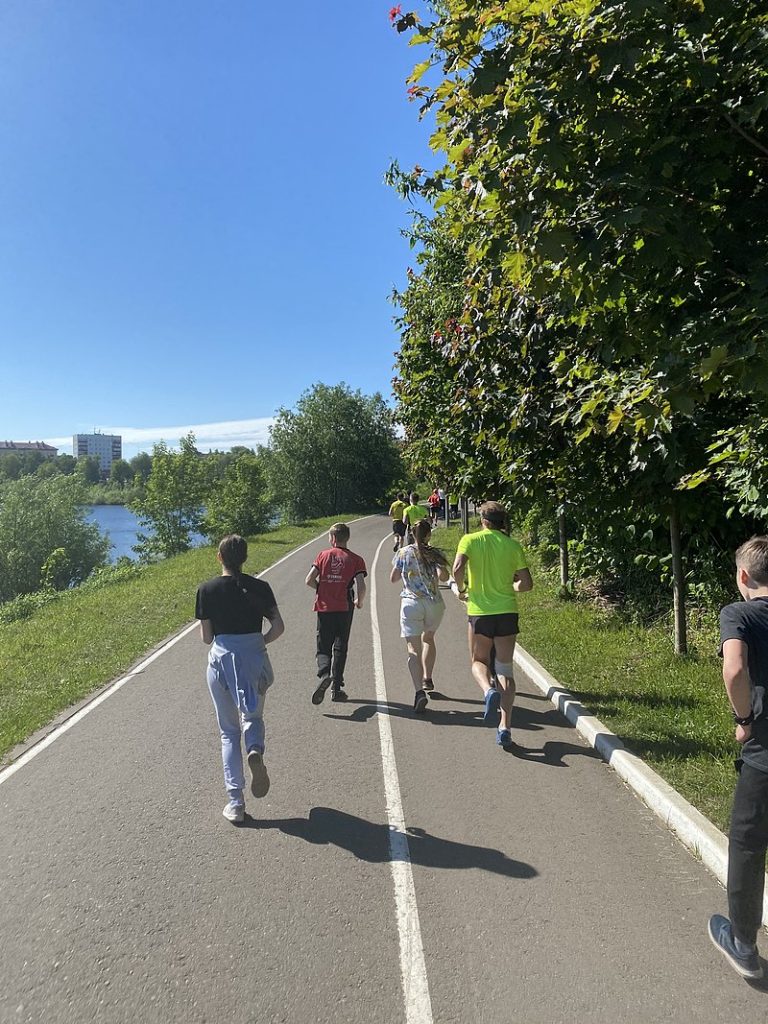Introduction
As we age, maintaining muscle mass becomes increasingly important for overall health and mobility. While it’s natural for muscle mass to decline with age, there are strategies we can adopt to slow down this process and stay strong and functional well into our later years.
Why Does Muscle Mass Decline with Age?
The process of aging brings about various physiological changes that contribute to the decline in muscle mass. One of the primary factors is a decrease in the production of anabolic hormones such as testosterone and growth hormone. Additionally, there is an increase in inflammation and oxidative stress, which can impair muscle repair and regeneration.
Benefits of Maintaining Muscle Mass
Preserving muscle mass offers numerous benefits, including improved strength, balance, and mobility. Strong muscles are essential for performing daily activities independently and reducing the risk of falls and injuries.
Nutrition and Diet
Adequate nutrition plays a crucial role in preserving muscle mass. Protein is especially important as it provides the building blocks necessary for muscle repair and growth. Incorporating lean protein sources such as poultry, fish, tofu, and legumes into your diet can help support muscle health. Additionally, consuming sufficient calories and essential nutrients such as vitamins and minerals is essential for overall muscle function.
Strength Training Exercises
Engaging in regular strength training exercises is key to maintaining muscle mass. Resistance training stimulates muscle growth and helps prevent age-related muscle loss. Focus on compound exercises that target multiple muscle groups, such as squats, lunges, deadlifts, and push-ups. Aim to incorporate strength training workouts into your routine at least two to three times per week.
Cardiovascular Exercise
While strength training is important for preserving muscle mass, cardiovascular exercise also plays a role in overall fitness. Activities such as walking, cycling, swimming, or dancing can help improve cardiovascular health and endurance. Aim for at least 150 minutes of moderate-intensity aerobic exercise per week, in addition to your strength training routine.
Flexibility and Mobility
Maintaining flexibility and mobility is crucial for preventing injuries and maintaining independence as you age. Incorporate stretching exercises into your routine to improve flexibility and range of motion. Yoga and Pilates are excellent choices for enhancing both flexibility and strength.
Rest and Recovery
Giving your muscles adequate time to rest and recover is essential for muscle repair and growth. Make sure to schedule rest days between intense workouts to allow your muscles to recover fully. Listen to your body and avoid overtraining, which can lead to fatigue and increased risk of injury.
Hydration
Staying hydrated is vital for overall health and muscle function. Dehydration can impair muscle performance and recovery, so be sure to drink plenty of water throughout the day, especially before, during, and after exercise.
Sleep Quality
Quality sleep is essential for muscle recovery and growth. During sleep, the body repairs and rebuilds muscle tissue damaged during exercise. Aim for seven to nine hours of quality sleep each night to support optimal muscle health.
Stress Management
Chronic stress can have detrimental effects on muscle mass and overall health. Practice stress-reducing techniques such as deep breathing, meditation, or yoga to help manage stress levels and promote muscle relaxation.

Supplementation
While a balanced diet should provide most of the nutrients your muscles need, certain supplements may be beneficial for supporting muscle health, particularly in older adults. Consider consulting with a healthcare professional to determine if supplements such as protein powders, creatine, or omega-3 fatty acids are right for you.
Medical Considerations
Certain medical conditions such as sarcopenia, osteoporosis, or hormonal imbalances can contribute to muscle loss. It’s essential to address any underlying health issues and work with your healthcare provider to develop a comprehensive plan for maintaining muscle mass.
Lifestyle Habits
In addition to exercise and nutrition, adopting healthy lifestyle habits can help preserve muscle mass as you age. Avoid smoking, limit alcohol consumption, and maintain a healthy body weight to support overall muscle health.
Conclusion
Maintaining muscle mass is crucial for maintaining independence and quality of life as you age. By incorporating a combination of strength training, cardiovascular exercise, proper nutrition, and lifestyle habits, you can support your muscle health and stay strong and functional well into your later years.
FAQs
- How often should I do strength training exercises to maintain muscle mass?
- Aim to do strength training exercises at least two to three times per week, allowing for adequate rest between workouts.
- Are there any specific dietary recommendations for preserving muscle mass?
- Focus on consuming adequate protein, essential nutrients, and staying hydrated to support muscle health. Consider consulting with a dietitian for personalized dietary advice.
- Can older adults benefit from supplements for maintaining muscle mass?
- Certain supplements may be beneficial for older adults, but it’s essential to consult with a healthcare professional before starting any supplementation regimen.
- Is it possible to regain lost muscle mass as you age?
- With proper exercise, nutrition, and lifestyle habits, it’s possible to slow down muscle loss and even regain some lost muscle mass, regardless of age.
- What role does genetics play in muscle mass and aging?
- While genetics can influence muscle mass and how it changes with age, lifestyle factors such as diet and exercise play a significant role in preserving muscle health.


